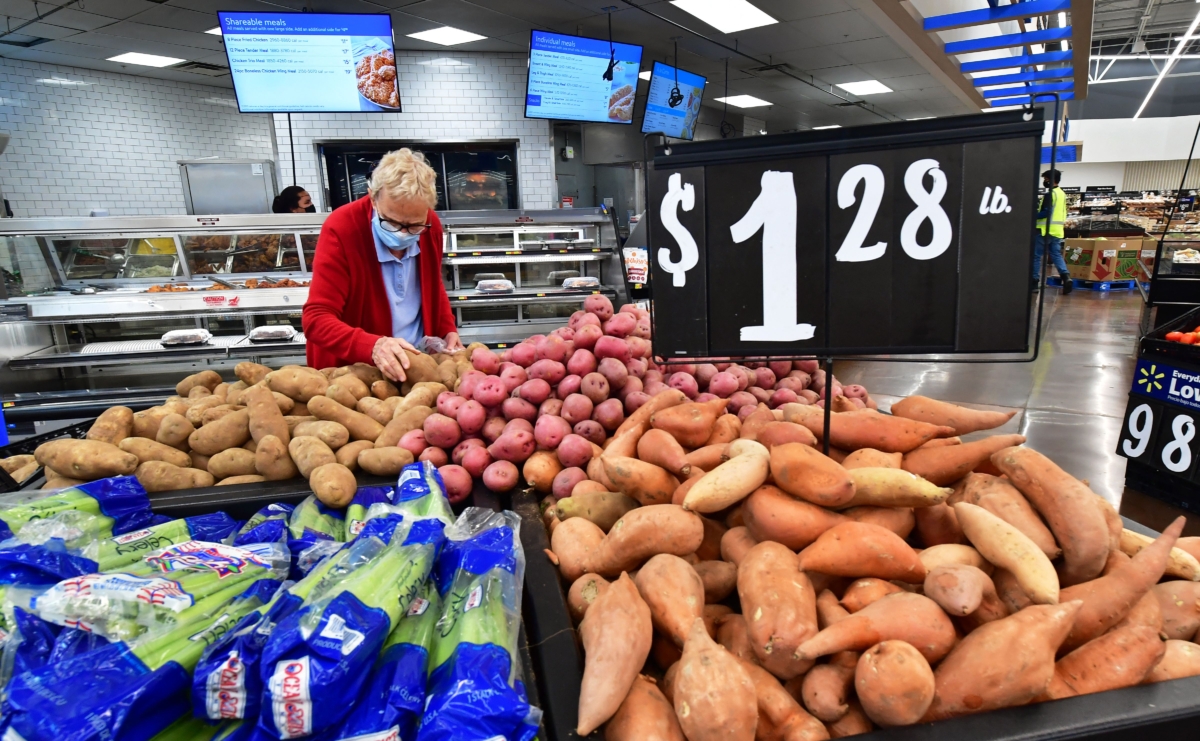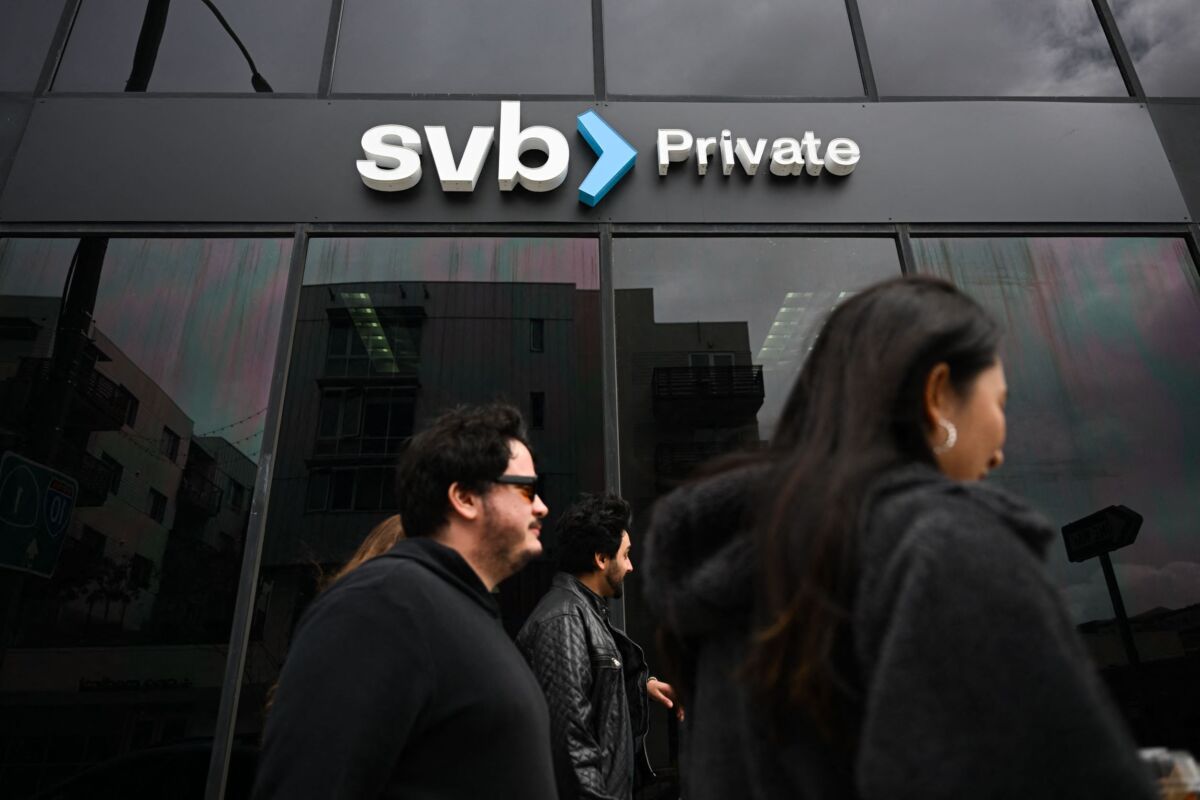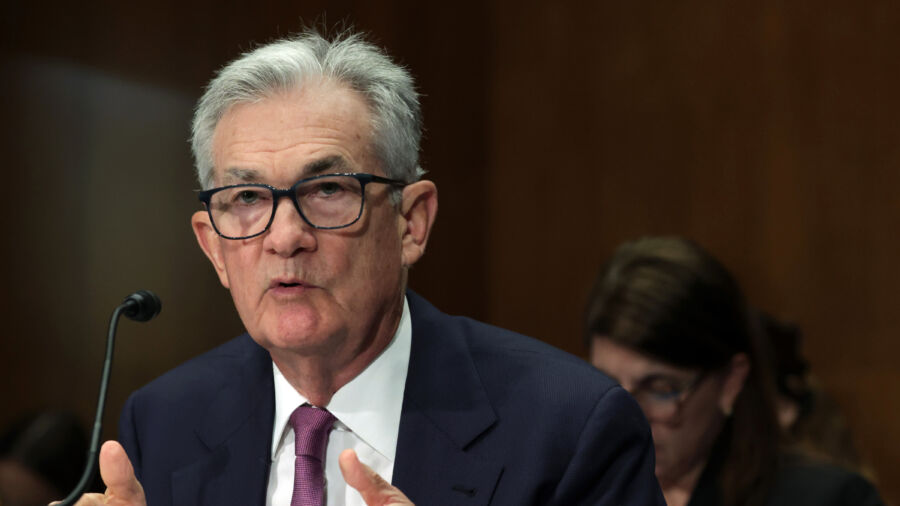The Federal Reserve will finish its two-day Federal Open Market Committee (FOMC) policy meeting on July 26, and investors expect this could be the final time the central bank will raise interest rates.
In its updated Summary of Economic Projections (SEP) from June, the Fed signaled two more rate hikes this year amid elevated inflation and a better-than-expected labor market. But the futures arena is ostensibly fighting the institution’s narrative.
According to the CME FedWatch Tool, investors indicate that the central bank will pull the trigger on a quarter-point rate hike and raise the benchmark fed funds rate to a range of 5.25 and 5.50 percent. After the July FOMC meeting, traders anticipate officials will leave interest rates alone, with early 2024 being the time to cut rates.
The market is pricing in a 98 percent chance of a July rate hike, a 21 percent chance in September, and a 37 percent chance in November.
Market observers assert that Chair Jerome Powell will likely suggest additional tightening is needed amid sticky and stubborn core inflation, a measurement that strips the volatile food and energy components.
“Inflation is falling (too slowly) but remains above target, and recent signals from the market economy point away from an imminent recession, so it’s understandable that Powell says he expects rate increases to continue,” said Ben Kirby, the co-head of investments and portfolio manager at Thornburg Investment Management, in a research note.
While the headline consumer price index (CPI) growth rate has decelerated from 9.1 percent in June 2022 to 3 percent in June 2023, core CPI is not slowing at a pace the Fed would approve, coming in at 4.8 percent last month. In addition, the central bank’s preferred inflation gauge—the core personal consumption expenditure (PCE) price index—remains well above 4 percent, higher than the Fed’s 2 percent target rate.
There is also the risk of a jump in the July CPI numbers. The Cleveland Fed’s Nowcasting model points to annualized inflation and core inflation rates of 3.4 percent and 4.9 percent, respectively.

Many contend that the Fed has more room to tighten as the economy performs better than the consensus estimates from a year ago suggest.
“Even with 10 previous interest rate hikes coming at the fastest pace in 40 years, the economy has been resilient and the labor market surprisingly robust,” said Greg McBride, the chief financial analyst at Bankrate, in a note. “Whether rates rise further beyond this month’s meeting will depend in large part on inflation readings over the coming months.”
Deutsche Bank economists assert that “data dependency will remain a key theme for the Chair.”
“Powell is likely to emphasize that further evidence is needed to have confidence inflation will be tamed and that, as the June dot plot showed, the Committee anticipates some further tightening is likely to be needed,” bank economists wrote in a research note. “With two key employment and CPI reports ahead of the September meeting—as well as the Jackson Hole gathering to course correct as needed—Powell is unlikely to provide strong guidance about the outcomes of upcoming meetings.”
Data dependency has been the chief talk for a chorus of Fed officials in recent weeks. Before transitioning into the quiet period, many central bankers suggested that it is too early to declare victory on inflation and that the terminal rate either needed to be raised more or kept high for an extended period.
“I see two more 25-basis-point hikes in the target range over the four remaining meetings this year as necessary to keep inflation moving toward our target,” Fed Governor Christopher Waller told The Money Marketeers of New York University earlier this month.
San Francisco Fed President Mary Daly agreed that two more rate hikes were “a reasonable projection.”
“Right now, all my attention is on decidedly if we have to hike more and how much more we need to hike in order to get inflation down to 2 percent,” Ms. Daly said in an interview with CNBC.
The R-Word
A new Wall Street Journal poll of academic and business economists lowered the odds of a recession in the next 12 months from 61 percent to 54 percent. This represented the sharpest month-over-month percentage drop since August 2020, signaling a clearer path to the Fed’s goal of a soft landing.
Economists at Goldman Sachs Research also trimmed the probability of a U.S. recession over the next year to 20 percent, down from the earlier forecast of 25 percent.
A July National Association for Business Economics (NABE) survey of economists sees U.S. recession odds at 50 percent or less.
“Additionally, a majority of panelists is more confident about the economy over the next year, as they see the probability of a recession diminishing,” said Carlos Herrera, the NABE Business Conditions Survey chair and chief economist at Coca-Cola North America, in a statement.

But minutes from the last few FOMC meetings show Fed economists anticipating a mild recession later this year, stemming from the fallout of the Silicon Valley Bank, Signature Bank, and First Republic failures.
During the post-FOMC meeting press conference, Mr. Powell will likely touch upon both the soft landing and recession risks, Deutsche Bank economists note.
“Powell may note that soft landing prospects have improved, while also acknowledging that risks of a recession remain elevated,” they wrote.
That said, a downturn “is more likely than a soft landing,” says Mr. Kirby.
“We still think a recession is more likely than a soft landing just based on historical precedent. But it’s like waiting for an apple to drop—you see the forces that will make it happen, but it’s hard to be precise about the timing,” he said, adding that it will not happen until next year.
The second-quarter GDP growth rate will be released on July 27 and is anticipated to come in at 1.8 percent. This would be down from the first-quarter print of 2 percent.
Even with higher interest rates, tighter lending conditions, and above-target inflation, the U.S. economy has proven resilient, buoyed by robust consumer spending and a strong job market.
SEP data showed that Fed officials revised their GDP predictions for 2023 upward, from 0.4 percent in March to 1 percent in June.
From The Epoch Times


